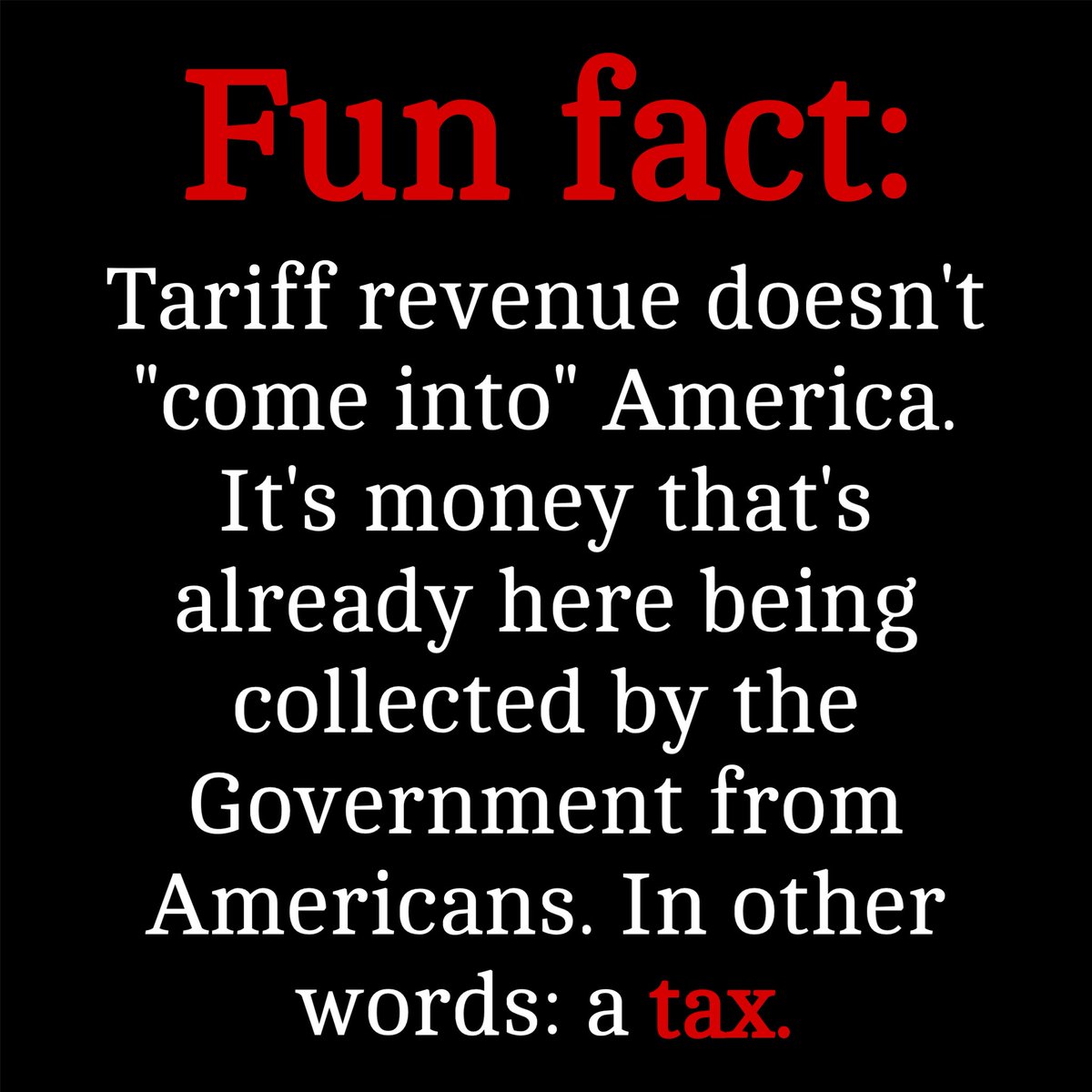Tariffs likely to drive up U.S. prices even with Trump trade deals, experts say
Source: CBS News
July 25, 2025 / 5:12 PM EDT
The new normal for U.S. tariffs on foreign goods starts at 15%. Even as President Trump seeks to forge new terms of trade with Japan, the European Union and other global economic partners, he is raising the floor for tariffs to their highest level in decades.
Speaking at an AI summit on Wednesday, Mr. Trump said "we'll have a straight, simple tariff of anywhere between 15% and 50%," conditioning the lower rate on countries opening their economies to the U.S. The White House has said sharply higher tariffs could take effect on dozens of countries as soon as Aug. 1 unless they ink new trade deals.
The Trump administration has a separate negotiating timeline with China, which faces an Aug. 12 deadline for an agreement. As these new rules of international commerce take shape, companies across a range of industries are emphasizing that higher tariffs translate into higher operational costs — and higher prices for consumers.
For example, Nestlé on Thursday said it was considering hiking prices for candy bars and other products as tariffs threaten to eat into the food company's profit margins. The same day, Italian fashion brand Moncler said it has already hiked prices for its apparel to offset additional tariff-related costs. And General Electric said this week that proposed U.S. tariffs, should they take effect, would cost the company around $500 million in 2025, noting that it would move to offset those taxes through "cost controls and pricing actions."
Read more: https://www.cbsnews.com/news/tariff-baseline-15-percent-nestle-consumer-prices/
Tarzanrock
(1,250 posts)Last year in July and August, I spent around +/-$50 bucks a week purchasing basic groceries for the week for myself and the cat food/litter for my cat,
Francoise. This year it is 3x that amount for those same weekly items and the prices increase every other week. Everything is far more expensive at the grocery store. For example, a year or so ago, Campbell's Chunky 19 oz. canned soup was +/- $1.49 per can and Stagg 15 oz. canned chili was +/- $1.29 per can. Today, both are being sold at Von's for $3.99 per can. That inflation/stagflation is true for every item which I purchase at the Von's grocery chain where I shop. Everything in Von's is pretty much 2x -- 3x the cost of what it was 12 months to 18 months ago. I don't see this inflation/stagflation ending any time soon or any time at all even in the next several years as long as the incompetent and insane Turd is in power. I still work and if I'm bitching about it -- I can't help but wonder just how terrorized, emotionally traumatized and psychologically anxious tens of millions of American families are who are trying to make ends meet on a fixed income or with subsistence incomes. I'm certain that electricity costs everywhere are exhorbitantly expensive as is water and gas and other utility charges. Wait until Winter arrives and people are trying to heat their homes. When I look into my crystal ball and I see those images of those people "starving" to death in Gaza because of the Israeli war criminal ethnic cleansing going on over there -- I can't help but know that similar "starvation" and "malnutrition" is coming to many of the poor, the homeless, the lower classes and the elderly here in the US this Winter. I think that it is soon going to get real fucking brutal for millions of people!
Irish_Dem
(75,303 posts)On the margin in terms of income, health, housing, etc.
markodochartaigh
(4,138 posts)But stagflation is much more difficult. Stagnation, slow economic growth, is fought by lowering interest rates to stimulate the economy. Inflation is fought by raising interest rates which slows down the economy. It's like a seesaw, controlling one side causes the other side to rise.
Of course, if the inflation is caused by stupid, senseless, counterproductive tariffs, removing the tariffs might lower inflation. But what happens if demand (the inflationary force) has already been killed by the inflationary tariffs? Might a prolonged period of low interset rates be necessary? Maybe like Japan? Wait, Japan has had a decreasing population. Well, the US replacement rate has already been falling. And one of the main drivers of population growth, immigration, is being quashed by the current regime.
twodogsbarking
(15,975 posts)modrepub
(3,934 posts)Probably until this winter. I honestly thought we’d see impacts by July but Trump just keeps putting off his “trade deals”. Wall Street crowd continues to believe nothing will come of this.
And to the trading partners who think they can placate Trump, good luck. He’s just as apt to change his mind and scrap a deal for a worse one as to honor it for any length of time. ETTD
travelingthrulife
(3,350 posts)CBS carrying water for the fool.
LetMyPeopleVote
(170,242 posts)trump is proposing giving back money he took from Americans

Martin68
(26,517 posts)William Seger
(11,833 posts)Although there might be different reasons for doing that, you don't need an economist to predict the effect on prices.
dalton99a
(90,401 posts)Tarzanrock
(1,250 posts)used to cost a nickel (5 cents) when I was a kid. Today, that same candy bar costs $1.89 cents in Von's Supermarkets in Los Angeles. This $1.89 price for that Hershey's candy bar is before the imposition of the 30% (or more) insane Turd tariffs on on countries which grow the cocoa beans.
BumRushDaShow
(160,708 posts)raising the product price or reducing the product size (shrinkflation), but keeping the price the same.
https://www.today.com/food/news/hershey-chocolate-price-increase-rcna220791
Tarzanrock
(1,250 posts)and candy bar prices doubling from a nickel to a dime.